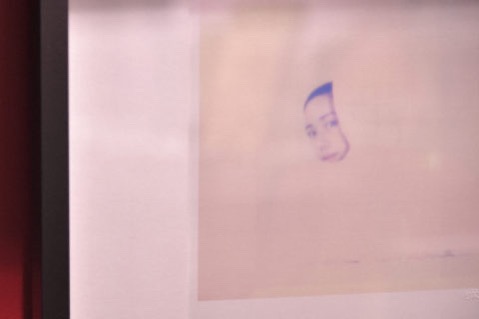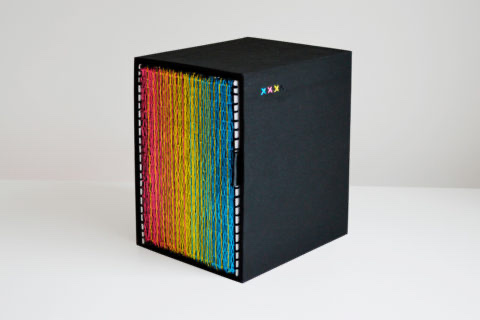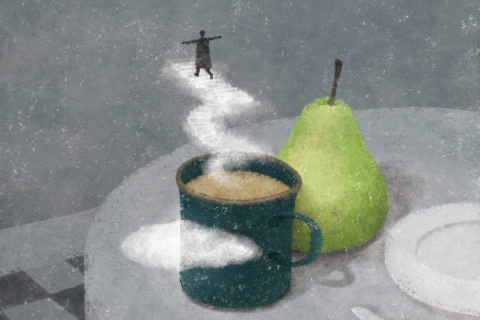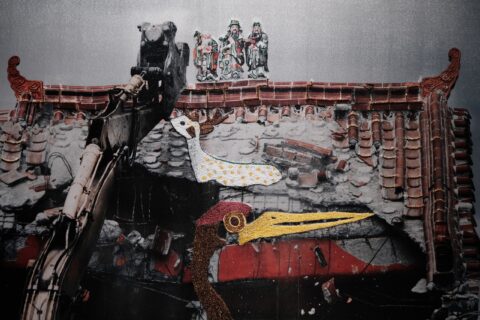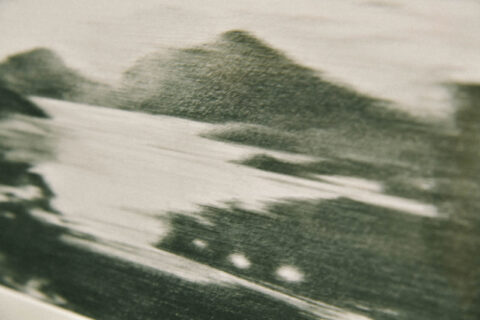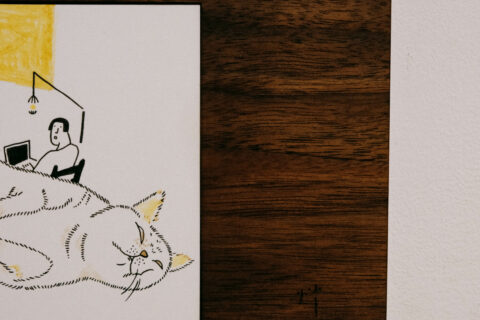
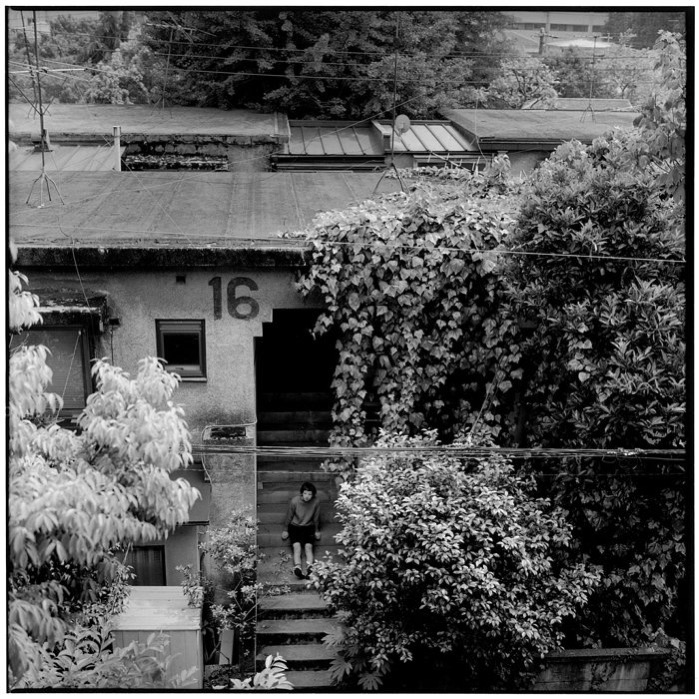
安藤忠雄在設計表參道Hills時了不少工夫,希望建築物的外觀,能夠喚起人們對位於原址的青山公寓的記憶。青山公寓是同潤會建造的16幢公寓之一,而這16幢公寓,對日本其實有著很重要的歷史意義。
於1923年的關東大地震之後,以復興社區為主要的責任的同潤會正式成立,於東京都內建設了16幢以鋼筋水泥建成的公寓大廈。當時日本的住宅仍以以木建築為主,同潤會的出現,可說是為日本的住宅建築定立了新的指標。同潤會公寓內設的通電系統、煤氣管道、自來水、垃圾收集場、抽水馬桶等,在當時都是非常新穎的,使同潤會公寓成為了不少人憧憬的住宅。可惜因為日久失修,建築物老化,加上防震裝置的不足,在日本建築學會的反對之下,同潤會建造的公寓,仍先後給拆毁,至2013年,上野下公寓被推倒後,同潤會建造的所有公寓便消失無蹤了。
同潤會公寓的傳奇性,曾引起過不少創作者的靈感,島本理生的小說《Naratage》、戶川昌子的著作《巨大的幻影》、岩井俊二的電影《燕尾蝶》等,都以同潤會公寓作為舞台。而攝影師Herbie Yamaguchi於今年1998年時發表了攝影集《代官山17番地》,正是以同潤會代官出公寓作為主角,記錄了內裡的人與物。《代官山17番地》的最新版本《新編 代官山17番地》於去年12月發表,於今年1月21日,將於東京的AL Gallery舉行出版紀念展覽,是我們窺探這傳奇建築物內的人文風景的好機會。
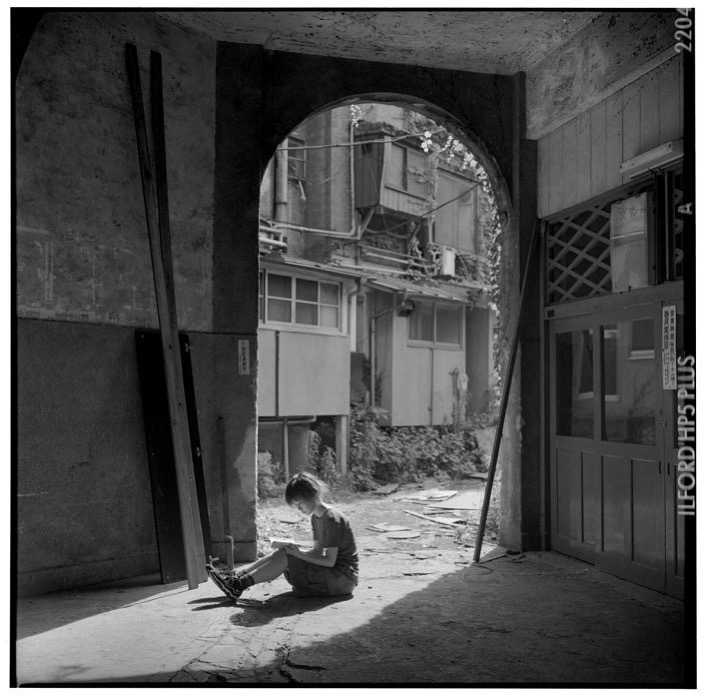
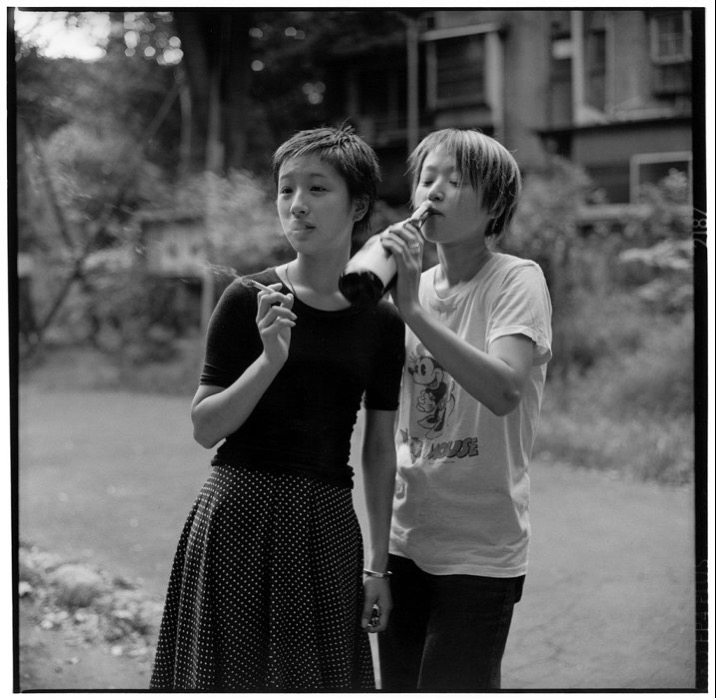
One of the main focuses of Tadao Ando when designing the facade of Omotesando Hills was to remind people of the Aoyama Apartment which once stood at the exact same spot. As one of the 16 residential buildings built by Doujyunkai, Aoyama Apartment has a great significance to the Japanese history.
After the Great Kantō earthquake struck Japan in 1923, Doujyunkai was founded to repair the earthquake-damaged areas. The association constructed 16 concrete buildings in Tokyo for residential use. Back in the days, residential housings were predominated by wooden buildings, and therefore the Doujyunkai buildings were seen as a revolutionary change to the Japanese residential structures. Their buildings were all completed with the state-of-the-art electric system, gas pipelines, water supply, garbage collection, and flush toilet; naturally, they quickly became the dream home to many. Along with time, the buildings have gone less and less desirable because of the poor maintenance, aging materials, as well as out-of-date earthquake-resistant structures. Regardless of the objection voiced by the Architectural Institute of Japan, the buildings were demolished one after another. In 2013, the demolition of Uenoshita Apartment marked the end of the Doujyunkai buildings’ era.
The legend of Doujyunkai has been an inspiration to many creative works. Rio Shimamoto’s novel Naratage, Masako Togawa’s prize-winning novel The Master Key, and Shunji Iwai’s film Swallowtail are all stories set against the backdrop of the Doujyunkai buildings. In 1998, the photographer Herbie Yamaguchi published the photobook Daikanyama 17 banchi that captures the architecture and people in the Doujyunkai building in Daikanyama. In last December, a new edition of the book was published. There will be an exhibition on the photobook in AL Gallery in Tokyo on 21st of January for the curious audience to take a glimpse of the lives inside this legendary building.
